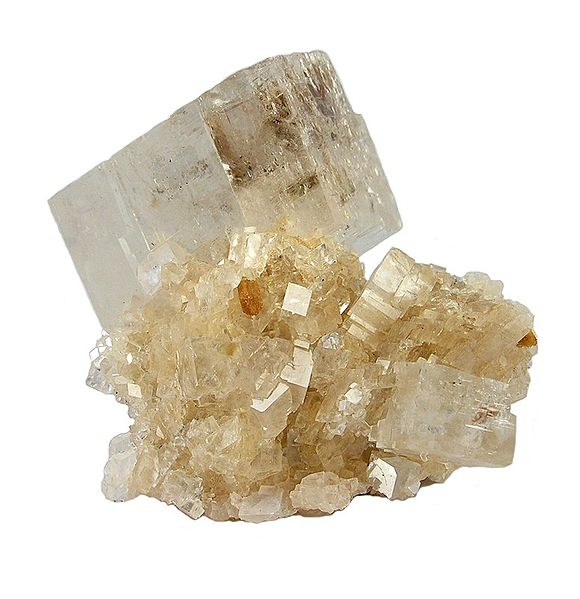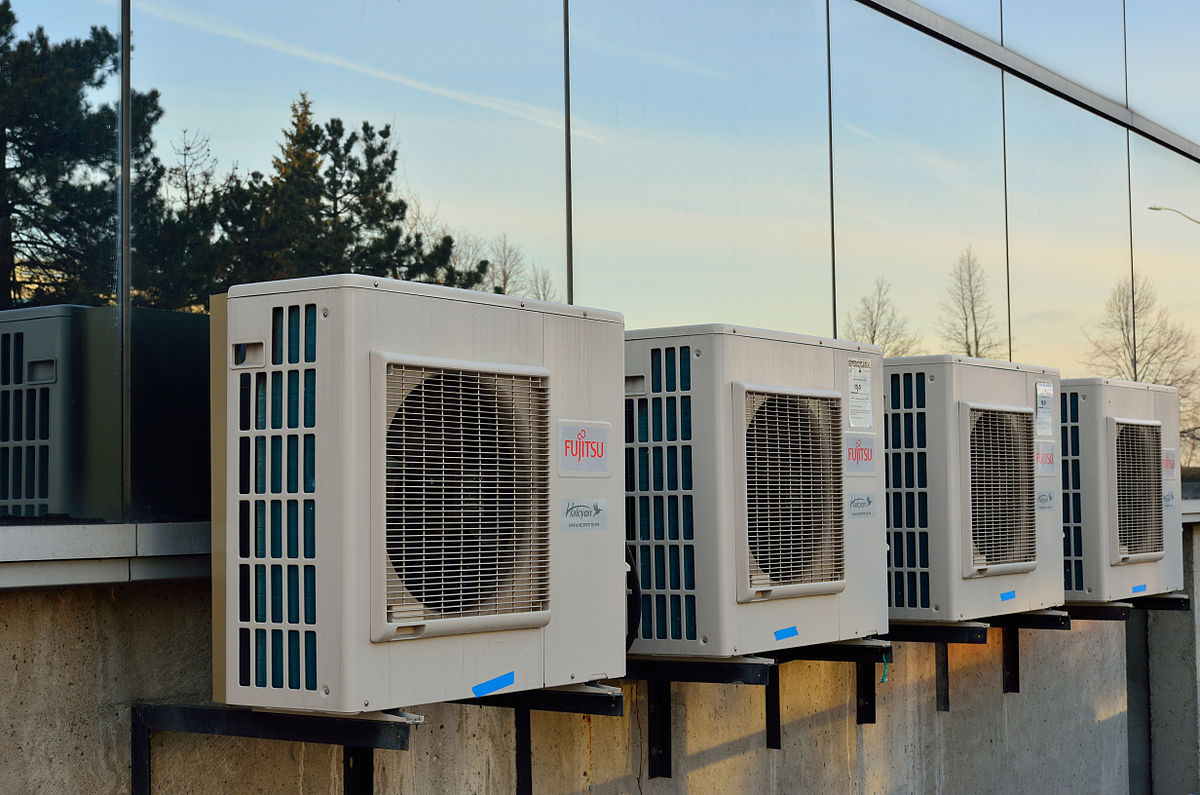Biomining –Part 2
This is a continuing series of articles on Biomining. This is the second and concluding part of the series.
The pure cultures of bacteria are used to solubilise the metal ions from their ores. Leaching can be direct or indirect. In case of direct leaching, microorganisms secrete some enzymes, these enzymes oxidise the metals ions and release metal sulphides from the ore. Metal ions are then separated by water which wets the ore. Thiobacillus ferrooxidans oxidises copper sulphide (Chalcolite)
Cu2S +O2 +2H –> 2Cu++ +S +H2O
In case of indirect leaching, microbes help to oxidise various ferrous ions into ferric sulphate and generate energy in the process. Ferric sulphate in turn acts as a strong oxidser that dissolves many metal sulphides as in Chalcopyrite (CuFeS2).
Thiobacillus ferrooxidans has also been used to leach other metals such as cobalt, nickel, zinc. Here the leaching will be indirect and ulphuric acid is generatedduring the oxidation process. Recently, metal extraction of gold and silver is also being tried. Thiobacillus can oxidise elemental sulphur into H2So4 which can in turn solubilise Zwurite, Chrysocolla etc.
Metal recovery can also be done by accumulating microbes such as Pseudomonas maltophilia and Staphylococcus aureus. Heavy metals can be recovered by Desulfo-vibrio, Desulfo tomacilium and Desulfomonas.
The most practical application is of course in copper leaching and has been used for many years. Uranium leaching is brought about by Saccharomyces cerviseae, Rhizopus arrhizus also has been shown to be successful in absorption of uranium.
Some facts about Thiobacillus ferrooxidans-
- Gram negative, acidophilic, chemoautotroph
- Short, rod shaped cells
- Lives in hot springs, volcanoes and sulphide ores deposits
- Gets its energy from oxidation of ore of iron or sulphur
- Iron must be in ferrous and is converted into ferric
Other important species are-
1. Leptospirillum ferrooxidans
- First isolated in 1972
- Gram negative, acidophilic, chemolithotrophic
- Can bring about ferrous ion oxidation
2. Sulfollolus
- Thermophilic and acidophilic
- Can oxidise sulphur, ferrous ions and metal sulphides
- Also molybdenum and copper
Related Posts
-
 Incredible way to induce CO2 formation
No Comments | Sep 1, 2018
Incredible way to induce CO2 formation
No Comments | Sep 1, 2018 -
 Solar technologies- way forward
No Comments | Oct 31, 2012
Solar technologies- way forward
No Comments | Oct 31, 2012 -
 Electric Cars – Plug in hybrid models
No Comments | May 7, 2014
Electric Cars – Plug in hybrid models
No Comments | May 7, 2014 -
 Efficient Air Conditioning Systems
No Comments | Nov 2, 2015
Efficient Air Conditioning Systems
No Comments | Nov 2, 2015
About The Author
heythisispuskar
Editor in chief @GreenCleanGuide.com

